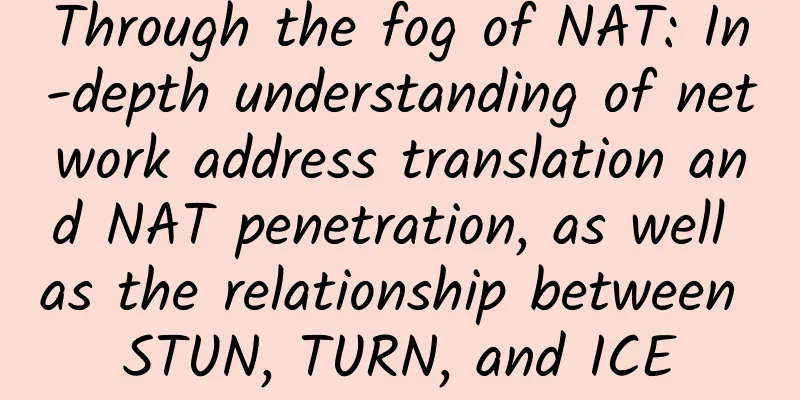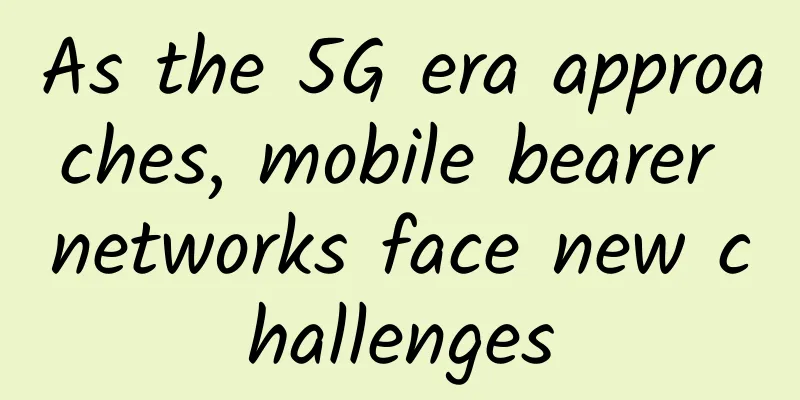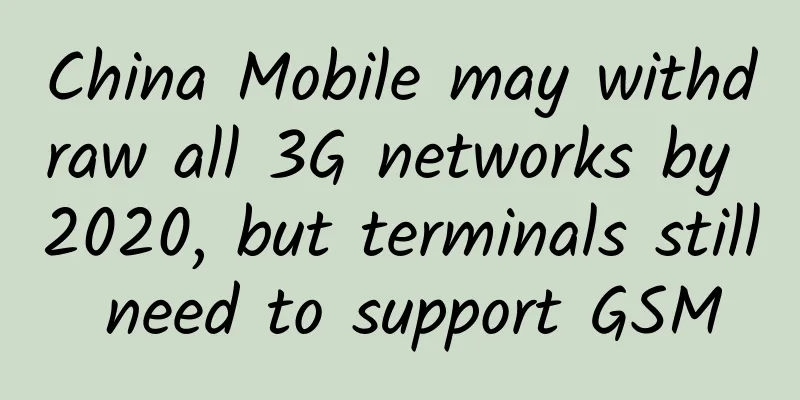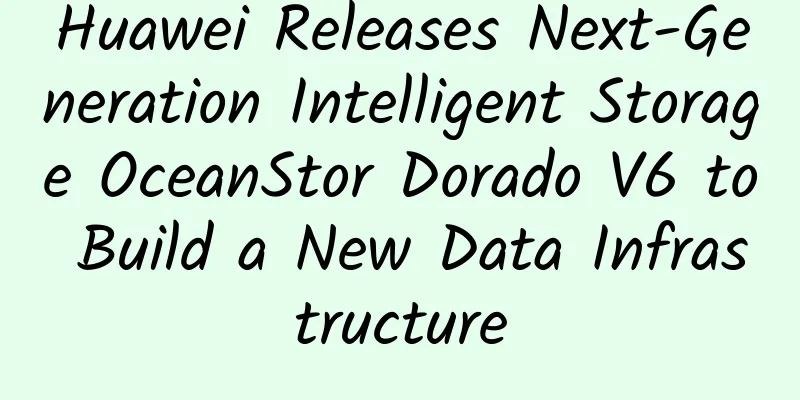Top 10 technology trends governments should watch in 2021
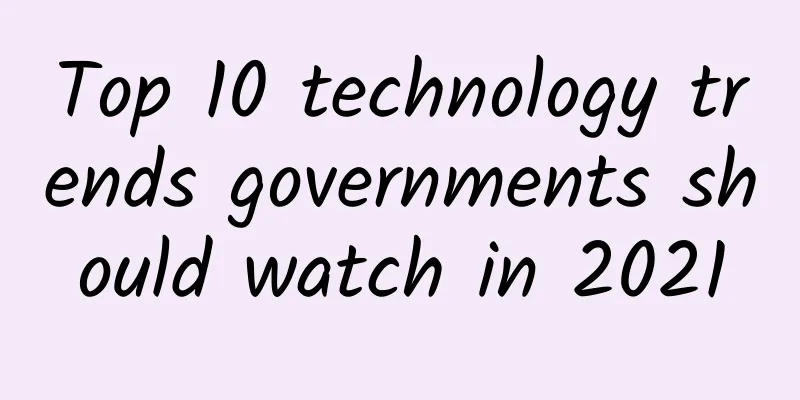
|
The pandemic has forced government agencies to reassess their digital strategies and transform. As resources are scarce, governments’ priorities have changed. The impact of the pandemic has accelerated the shift to remote work models, while negatively affecting cities with a larger proportion of government workers. The pandemic has forced governments to accelerate the implementation of digital services; however, digital maturity is still lacking in most incremental parts. Gartner has identified the government technology trends for 2021 based on the challenges brought by the pandemic. Government CIOs can design flexible operating and organizational models that can support large-scale changes based on these technology trends. In addition, based on Gartner's technology trends from 2019 to 2020, we also focus on how these trends can optimize or change public services. These ten technology trends are directly related to the public management and policy issues that government leaders must address as they move into 2023. We call these issues "business" trends. Based on these business trends, we have identified 10 technology trends that will impact government (see Figure 1). Figure 1. Top 10 government technology trends in 2021 1. Composable Government EnterpriseA composable government enterprise is any government organization that adopts composable design principles. It makes composable design a core enterprise architecture (EA) design principle. An organization that becomes a composable government enterprise is able to expand the reuse of capabilities and continuously adapt to changing regulations, laws and public expectations. Enterprise architecture initiatives must be upgraded to a business enablement function, not just a technology function, to be able to focus on re-architecting how services are designed and delivered. The role of the Chief Enterprise Architect (CEA) must be a talent, data, technology and operations forecaster. Digital leadership is an essential capability for government agencies to achieve composability. Reinventing public services to most effectively deliver value and gain the trust of citizens requires a clear vision, an enterprise perspective on citizens, and the governance necessary to adapt to a changing environment. 2. Adaptive SecurityThe adaptive security model refers to a cybersecurity system that operates like an autonomous biological immune system. The adaptive security architecture is characterized by components for prediction, prevention, detection, and response. The adaptive model abandons the traditional concept of boundaries and assumes that there are no secure and insecure boundaries. This conceptual shift is essential for the migration to cloud services. Adaptive security has two most important implications—ongoing funding and talent. A robust cybersecurity program can be expensive. The cost of tools and external services or consultants to build or reinvigorate a security program can be very high. In addition, if more budget is devoted to cybersecurity, it may sacrifice features and services that business leaders want and expect. Cybersecurity investments may be seen as redundant insurance by business leaders who receive less support from the information team. The ability to distinguish adaptive security measures from traditional document-based compliance can also limit the acquisition of necessary budget resources. Cybersecurity expertise is in high demand across government agencies. Agencies may face challenges competing with private industry for employees with the necessary skills. Budgetary issues may be exacerbated by the need to rely more on outsourced labor. The cybersecurity skills shortage has been widely reported in the media. In the face of budget and staffing challenges, it will take CIO leadership and creativity to meet the operational needs and possible compliance requirements of implementing adaptive security. 3. Citizen Digital IdentityThe definition of citizen digital identity is constantly changing with use cases. Looking back, the definition of citizen digital identity mostly refers to electronic identity (eID), identity verification and electronic signature in online government affairs. The contemporary definition of citizen digital identity has expanded to more use cases, including verifying age while protecting privacy, sharing identity data through digital wallets, acting as a trustee for parents or companies, etc. In future definitions, physical and virtual identities will increasingly merge. When digital identity data flows seamlessly between individuals, organizations and objects, decisions about the sovereignty of digital identity data will be politically controversial at best. Government CIOs must link digital identity to typical use cases. In the past, when governments launched digital identity programs, they never confirmed the target use cases with the target users. But digital identity needs to explore business cases, gradually expand use cases and verify the assumptions of use cases. Under the pressure of the pandemic, many governments have been forced to respond quickly, but they still need to focus on the long-term goal. Remote login and identity authentication technologies have withstood the test of this crisis and can be deployed quickly. The greater challenge is to guide such rapid solutions in the desired direction to build long-term trust and resilience, such as enforcing compliance with established standards such as NIST or eIDAS. Governments should be more proactive in responding to the changing digital identity ecosystem. In the digital age, governments are no longer the only identity authority, but they should assume a special role as a facilitator, regulator or syndicator. Governments must take proactive measures to ensure that the development of digital identity supports rather than abandons policy priorities such as personal privacy, national security, universal service access or digital sovereignty. 4. Multichannel Citizen EngagementMultichannel citizen engagement is about seamless, two-way engagement with citizens across organizational boundaries, while providing citizens with a personalized experience using their preferred and most effective channels. Multichannel citizen engagement uses data to actively monitor the effectiveness of engagement efforts and make corrections as needed, resulting in more satisfying citizen interactions. Governments implementing multichannel citizen engagement must comply with regulations regarding the use of personal data and user preferences. Investing in multi-channel communication platforms to be able to reach citizens through their preferred channels is critical to improving engagement efforts. Governments should invest in multiple engagement tools, methods and approaches, and develop comprehensive engagement plans that use face-to-face, remote, synchronous and asynchronous interactions. Otherwise, some groups will be disproportionately weighted. 5. Anything as a ServiceEverything as a Service (XaaS) is a cloud-based purchasing strategy that involves obtaining a full range of business and IT services on a subscription basis. Compared to traditional on-premises implementations, XaaS technology can deliver value in a shorter time, while also alleviating limited IT resources and capabilities and incorporating IT investment and upgrade costs as regular items into operating expense (Opex) budgeting practices. Government adoption of XaaS is accelerating as leadership becomes increasingly comfortable with cloud delivery models while overcoming concerns about security and data ownership. Government CIOs must rethink all elements of their technology and information (I&T) operating models to strategically manage the transition of IT applications and infrastructure to an XaaS model. XaaS changes the financials and tools of technology and information, requiring new ways of working and managing performance. 6. Accelerated Legacy ModernizationGovernments have seen firsthand the limitations and risks of decades of legacy infrastructure and core systems. To better prepare for the next revolution, government CIOs are accelerating system migration and adopting modern modular architectures. Technologies such as public cloud, API management, and software-defined networks are being used to create platforms on which agility and responsiveness are built. To modernize legacy systems, agencies must also address the historically poor data quality in many systems of record. To accomplish this urgent work, government CIOs will compete for investment dollars with higher priorities. In an environment where reducing impacts on citizens and businesses is a political priority, the business case will be scrutinized. CIOs must balance momentum and lessons learned from risks faced and mitigated with the need to reduce costs and make rapid progress. Many governments are increasingly placing their trust in hyperscale cloud providers. Over-reliance on these providers is causing tension and concern in some communities. Europe is working to build the underlying infrastructure to enable more open competition and make it easier to share and use data. 7. Case Management as a ServiceCase Management as a Service (CMaaS) is a modular, interoperable approach to designing and developing cloud case management solutions as digital products. CMaaS products are developed based on the four composable business design principles of modularity, autonomy, orchestration, and discovery. The composable approach to case management modernization, which extracts, encapsulates and exposes application capabilities through APIs, can improve organizational flexibility and accelerate innovation. The PBC platform composed of these API-encapsulated application modules can be quickly combined and extended in multiple modes to provide rapid support for new applications. CMaaS will also require enabling new ways of working by forming case management product teams with development, test automation, integration, DevOps and API, data analytics, and user experience (UX) skills. As government agencies adopt the concept of composable business architecture, business technology experts (i.e., “citizen developers”) will increase their proficiency in using enterprise low-code application platforms. 8. Hyperconnected Public ServicesHyperconnected government services refer to the use of multiple technologies, tools or platforms across the government to automate business and information technology processes as much as possible. Hyperconnected government services are a business-driven approach to process transformation based on the principle that “everything that can and should be automated will be automated.” The hyperautomation journey is an ongoing, iterative process involving many business-driven initiatives across the government ecosystem and leveraging multiple technologies. Hyperconnected government services require investments in new capabilities to manage the end-to-end service process and the consistency of the employee experience. 9. Operationalized AnalyticsThe operationalization of analytics in government refers to the strategic and systematic adoption of data-driven technologies such as AI/ML and advanced analytics at every stage of government activities. This enables government agencies to move from dashboard reporting of lagging indicators to predictive decision support, which will help decision makers from frontline staff to executives make better operational decisions in real time based on context. The operationalization of analytics can produce proactive business processes that use AI/ML and advanced analytics to improve the quality of citizen experience. For governments to scale and reap the benefits of digital transformation, CIOs must integrate AI and data and analytics capabilities with service delivery and operational processes while ensuring governance covers data usage and quality. Data generated by citizen-facing applications, ecosystem partners, the Internet of Things (IoT), and back-office systems requires a flexible analytics architecture to facilitate real-time analysis and AI decision support. CIOs must take action to integrate disparate information management and security policies into a cohesive framework to foster a culture of data literacy. Government CIOs and CDOs or equivalent roles must jointly execute an “analytics everywhere” strategy to steadily advance the impact and use of real-time analytics capabilities. This includes taking a practical, measured approach to adaptive governance, data architecture, standards, and building workforce capabilities to generate incremental business value. 10. Data Sharing as a ProgramData sharing is often ad hoc and driven by compelling use cases such as child protection incidents or gender-based violence, but these efforts are not easily scalable. Projecting data sharing makes data sharing a scalable service with multiple reusable capabilities and drives government service delivery towards more composable approaches. Sharing means compromise and requires the following requirements: all parties accept the risk of increasing the risk of their previously controlled data and exposing data deficiencies in exchange for contributions to mission delivery or budget savings; a balance between political will and financial risk; and projects that can continue to provide value and continue to improve. Projects do not need to solve all problems immediately, but the value they create should be proportional to the amount of work. As organizations realize the increasing value of using data, CIOs will need to develop policies and guidelines for data sharing that support both small and large initiatives and enable continuous escalation, problem solving, and learning from challenges. This requires balancing controls with incentives and having participating organizations share a degree of dynamic risk as initiatives evolve. |
Recommend
IPv6 basics, learn in one minute
1. Introduction to IPv6 1. IPv6 was previously kn...
Why is Low Power WAN the First Choice for IoT Applications?
Enterprises looking to launch and expand IoT appl...
How do packets and routing tables forward data in the network? Learn in one minute
1. Routing Table When the frame reaches the route...
How 5G will revolutionize healthcare
Today, the development of 5G technology (fifth-ge...
From WiFi to NB-IoT, exploring the high-tech access methods of smart door locks
Hello everyone! I am Xiaomi, a 29-year-old who is...
80VPS newly launched Japan CN2 line VPS, 2G memory package annual payment starts from 330 yuan
80VPS is a long-established Chinese hosting compa...
Zhongguancun Bank and 4Paradigm reach strategic cooperation to jointly create a new era of "AI+Finance" in supply chain
Normal 0 7.8 磅 0 2 false false false EN-US ZH-CN ...
OneTechCloud: 20% off on all VPS monthly payments starting from 22 yuan/month, Hong Kong CN2&CMI/US CN2 GIA&9929/High Defense optional
OneTechCloud (Yikeyun) offers a 20% discount code...
LoRaWAN becomes an international standard, injecting new impetus into the development of LoRa
Recently, LoRaWAN was officially approved by the ...
From the practice of operators, why "intelligent multi-cloud" has become the key to the success of cloud strategy
If the symbol of the second industrial revolution...
Cloud computing in 2018: Switch or die
Cloud computing technology is creating a new and ...
Network Performance Monitoring and Diagnostics Market Guide (2020 Edition)
With the acceleration of cloud migration and the ...
The rewards and risks facing retailers in a 5G world
The rollout of 5G is expected to have a significa...
The ultimate competition, the battle of the strong--Kunpeng Application Innovation Competition 2020. The Zhejiang Division Finals was successfully held
[51CTO.com original article] On August 21, the fi...
How long will it take for 5G to be fully commercialized? Why?
Recently, a netizen asked, how long will it take ...


